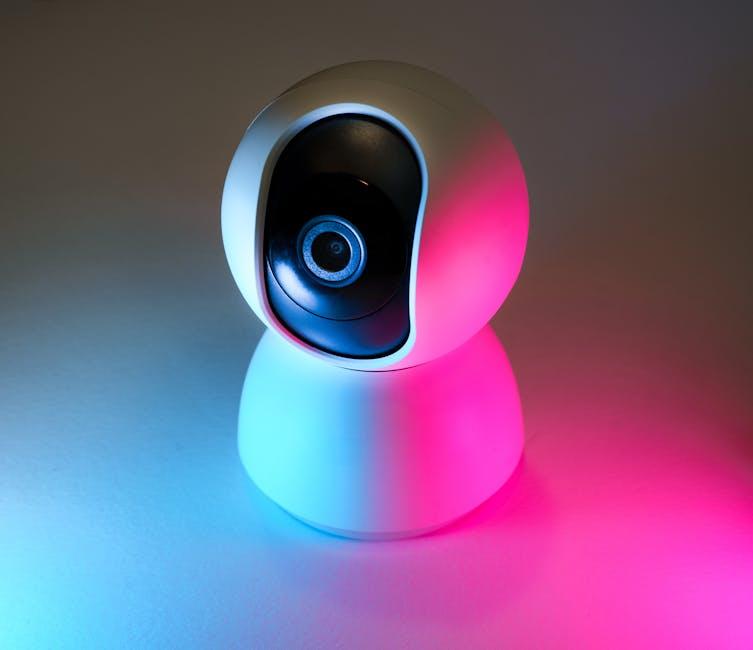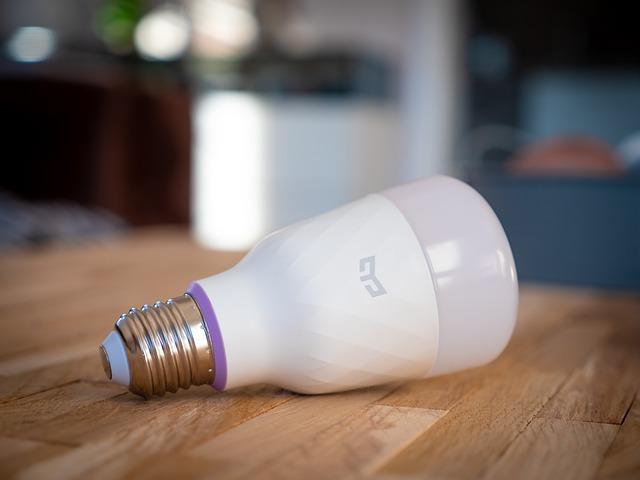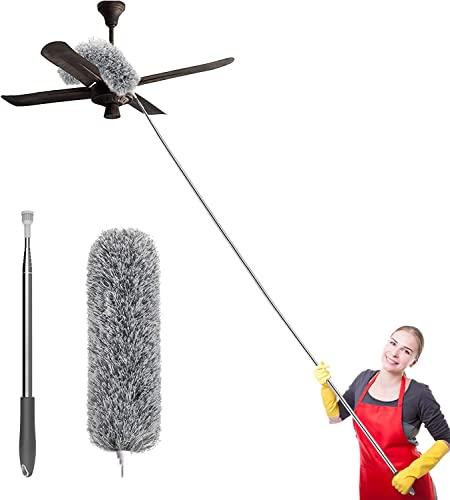In the rapidly evolving landscape of modern technology, smart home automation stands out as a beacon of convenience and innovation. As devices become increasingly interconnected, allowing homeowners to control everything from lighting to security systems with a simple voice command or a swipe on their smartphone, a pertinent question arises: does this seamless integration of technology foster a culture of laziness within the household? This article delves into the dynamics of smart home automation, exploring its impact on daily routines and household behaviors. By examining the balance between efficiency and dependency, we aim to provide a comprehensive analysis of whether the ease brought by smart technology translates to a diminished drive for physical activity and problem-solving, or if it merely redefines productivity in the contemporary home setting. With a confident stride, we embark on this exploration, unraveling the nuances of how smart home systems are reshaping domestic life.
Impact of Smart Home Automation on Daily Routines
Smart home automation has undeniably transformed daily routines, weaving convenience and efficiency into the fabric of everyday life. By integrating smart thermostats, automated lighting, and voice-activated assistants, households can seamlessly manage their environments with minimal effort. This technological evolution, while often perceived as promoting laziness, actually empowers individuals to allocate their time more effectively. Consider the following benefits:
- Time Management: Automated systems handle mundane tasks, freeing up time for more meaningful activities.
- Energy Efficiency: Smart devices optimize energy usage, reducing waste and lowering utility bills.
- Enhanced Security: With smart locks and surveillance systems, homes become safer, granting peace of mind.
While critics argue that such convenience might foster complacency, the reality is that smart home automation often enhances productivity by allowing individuals to focus on tasks that truly matter. By automating routine processes, households can strike a balance between leisure and responsibility, ultimately fostering a more dynamic and engaged lifestyle.

Balancing Convenience with Physical Activity in Automated Homes
As homes become increasingly automated, the challenge lies in ensuring that this convenience doesn’t lead to a sedentary lifestyle. The integration of smart technology should ideally complement, rather than replace, physical activity. Here are some strategies to strike the right balance:
- Set Activity Reminders: Leverage your smart home system to send reminders for short exercise breaks throughout the day. These reminders can encourage activities like stretching or taking a quick walk.
- Smart Fitness Devices: Incorporate fitness gadgets into your automated home. Devices like smart treadmills or stationary bikes can be programmed to sync with your schedule, making exercise a seamless part of your daily routine.
- Automate Health Goals: Use automation to track and motivate health goals. Smart scales and health monitors can provide data-driven insights, helping you adjust your lifestyle for better health outcomes.
By strategically using smart home technology, it’s possible to enjoy the benefits of automation while maintaining an active lifestyle. This approach not only enhances convenience but also fosters a healthier living environment.
Encouraging Active Lifestyles Amidst Technological Comforts
As we embrace the conveniences of smart home automation, it’s crucial to strike a balance between leveraging technology and maintaining an active lifestyle. While automation systems like smart thermostats, voice-controlled lights, and robotic vacuums offer unparalleled ease, they also have the potential to diminish physical activity if not used mindfully. To foster an active household, consider integrating intentional movement into your daily routines.
- Schedule Active Breaks: Set reminders using smart devices to take short breaks for stretching or a quick walk.
- Smart Fitness Equipment: Utilize smart exercise equipment that syncs with your home system to monitor and motivate your workouts.
- Interactive Home Entertainment: Opt for interactive gaming systems that encourage physical movement and family participation.
- Outdoor Automation: Use smart scheduling for garden watering or lighting to encourage spending time outside while managing your smart home efficiently.
Ultimately, the goal is to use smart technology as a tool to enhance, rather than replace, our daily physical activities. By consciously integrating these solutions, we can enjoy the comforts of automation while maintaining a vibrant and active lifestyle.

Strategic Integration of Automation to Enhance Household Productivity
Embracing automation within the household can significantly boost productivity by streamlining everyday tasks and optimizing energy usage. Smart home devices, when strategically integrated, can lead to a more efficient household environment. Consider the following benefits:
- Time Management: Automation reduces the time spent on mundane chores, such as vacuuming or adjusting thermostats, allowing individuals to focus on more meaningful activities.
- Energy Efficiency: Smart devices can adapt to your lifestyle, learning your habits to optimize energy consumption, which not only saves money but also reduces your carbon footprint.
- Enhanced Security: Automated security systems provide peace of mind through features like remote monitoring and instant alerts, ensuring a safe and secure home environment.
By thoughtfully incorporating these technologies, households can achieve a balance between comfort and productivity, transforming automation from a potential crutch into a powerful tool for enhancing daily life.



